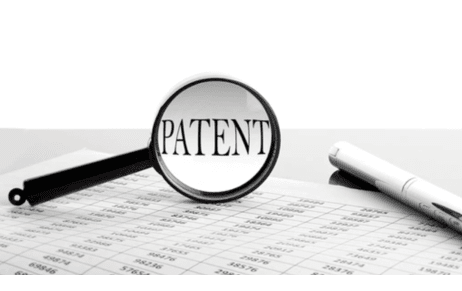Introduction In the realm of obtaining a patent right, conducting a ‘novelty search’ stands as…
CO2 Solutions Wins Patent Challenge Against Akermin in Denmark
CO2 Solutions Inc, a leader in the field of enzyme-enabled carbon capture technology, has successfully defended its broad intellectual property (IP) rights to its enzyme-enabled carbon capture technology in a case brought against it by U.S.-based Akermin Inc. in Denmark.
Based in Quebec City, CO2 Solutions Inc. is an innovator in the field of enzyme-enabled carbon capture and has been actively working to develop and commercialize the technology for stationary sources of carbon pollution. CO2 Solutions’ technology lowers the cost barrier to Carbon Capture, Sequestration and Utilization (CCSU), positioning it as a viable CO2 mitigation tool, as well as enabling industry to derive profitable new products from these emissions. CO2 Solutions has built an extensive patent portfolio covering the use of carbonic anhydrase, or analogues thereof, for the efficient post‐combustion capture of carbon dioxide with low‐energy aqueous solvents.
The Danish PTO’s decision came in response to a challenge filed by Akermin Inc., a U.S. company that had intended to utilize similar CO2 capture technology for a biogas-related project in Denmark, known as ENZUP. CO2 Solutions had notified Akermin’s Danish ENZUP partners of their impending infringement of the CO2 Solutions’ registered Utility Model BR 2014 00144, subsequent to which Akermin Inc. filed a request for re-examination with the Danish PTO for invalidating the CO2 Solutions’ utility model.
The Danish Patent and Trademark Office (DKPTO), after reexamination, upheld the validity of the issued claims in the CO2 Solutions’ registered Utility Model BR 2014 00144 entitled “System For CO2 Capture Using Packed Reactor and Absorption Mixture with Micro-particles including Biocatalysts”. In the re-examination decision, the DKPTO held the claimed subject matter was novel and distinct over the prior art, and maintained all the claims of the registered utility model in un-amended form.
Independent Claim 1 of DK 2014 00144 (U1) reads as follows:
A system for capturing CO2 from a CO2-containing gas comprising a packed reactor configured for contacting the CO2-containing gas with an absorption mixture within, the absorption mixture comprising a liquid solution and micro-particles, the micro-particles comprising a support material and biocatalysts supported by the support material and being sized and provided in a concentration such that the absorption mixture flows through the packed reactor and that the micro-particles are carried with the liquid solution to promote dissolution and transformation of CO2 into bicarbonate and hydrogen ions, thereby producing a CO2-depleted gas and an ion-rich mixture comprising the micro-particles.
“This decision is the third in Denmark upholding all of our intellectual property claims in the face of vigorous opposition by Akermin and other ENZUP partners,” stated Evan Price, President and Chief Executive Officer of CO2 Solutions.
“The decision clearly confirms our ownership of the IP related to enzyme-enabled carbon capture, the most economical and cleanest commercial technology available to date for this purpose. While we offered the ENZUP partners a single commercial license for use of the CO2 Solutions’ IP in their project, it appears that, pursuant to this decision, Akermin has indefinitely ceased operations and the ENZUP project itself, in Denmark, has been cancelled. CO2 Solutions welcomes initiatives to implement carbon capture technology, but shall defend the Corporation’s IP wherever we observe actual or imminent infringement on our rights, as we have done successfully in Denmark.” Evan Price further stated.
With 70% of global energy demand currently met through the burning of carbon-based fuels, and the demand predicted to double by 2035, the world faces a growing challenge that includes reducing climate change causing carbon dioxide (CO2) emissions while not damaging a fragile global economy that is sustained by these abundant fossil fuels. Additionally, substantial opportunities exist for the utilization of CO2 in a broad range of industrial applications from enhanced oil recovery, to beverage carbonation, pulp and paper production, greenhouses, and chemical production, many of which also provide a carbon sequestration opportunity.
CO2 Solutions is addressing these challenges as the leader in the field of enzymatic CO2 capture. CO2 Solutions’ patented technology allows for the low-cost capture of CO2 from stationary emissions sources such as oil production operations, power and steam plants and metals production facilities, while leveraging existing solvent-based gas scrubbing approaches already known to industry. In turn, CO2 Solutions is positioning CO2 capture and sequestration as a viable climate change mitigation tool as well as enabling industrial customers requiring CO2 to lower their acquisition costs for existing and new applications.
About the Author: Antony David, Senior Patent Associate at Khurana & Khurana, Advocates and IP Attorneys and can be reached at:[email protected].



